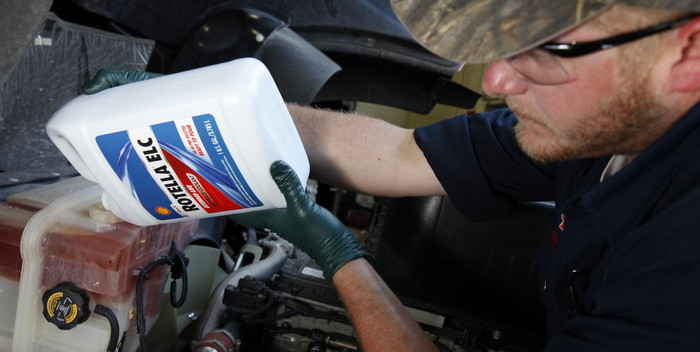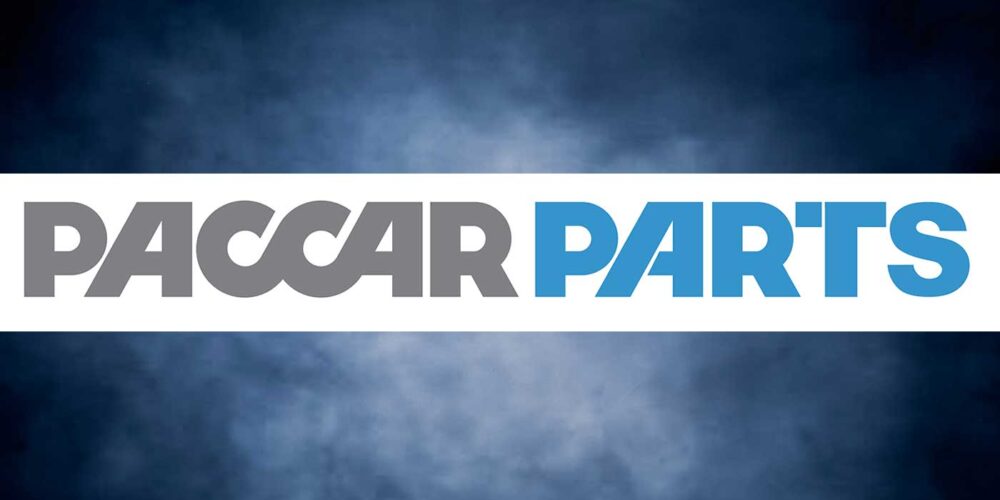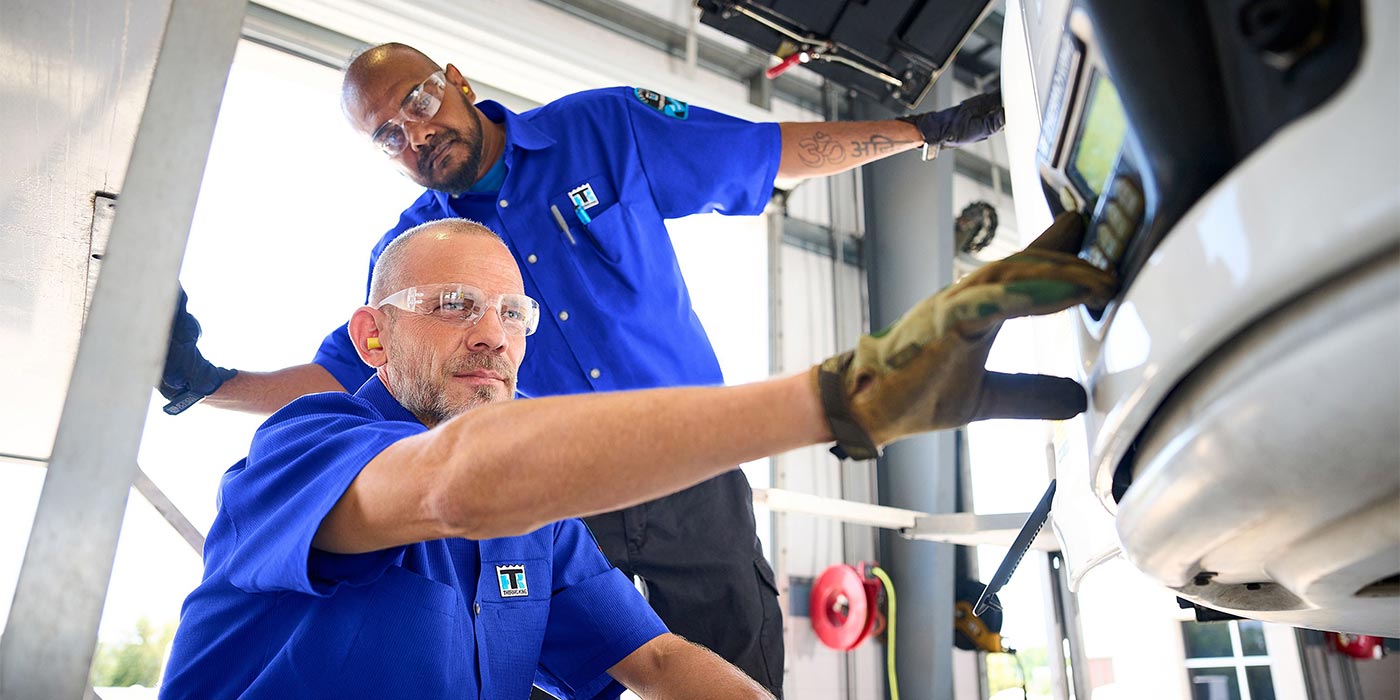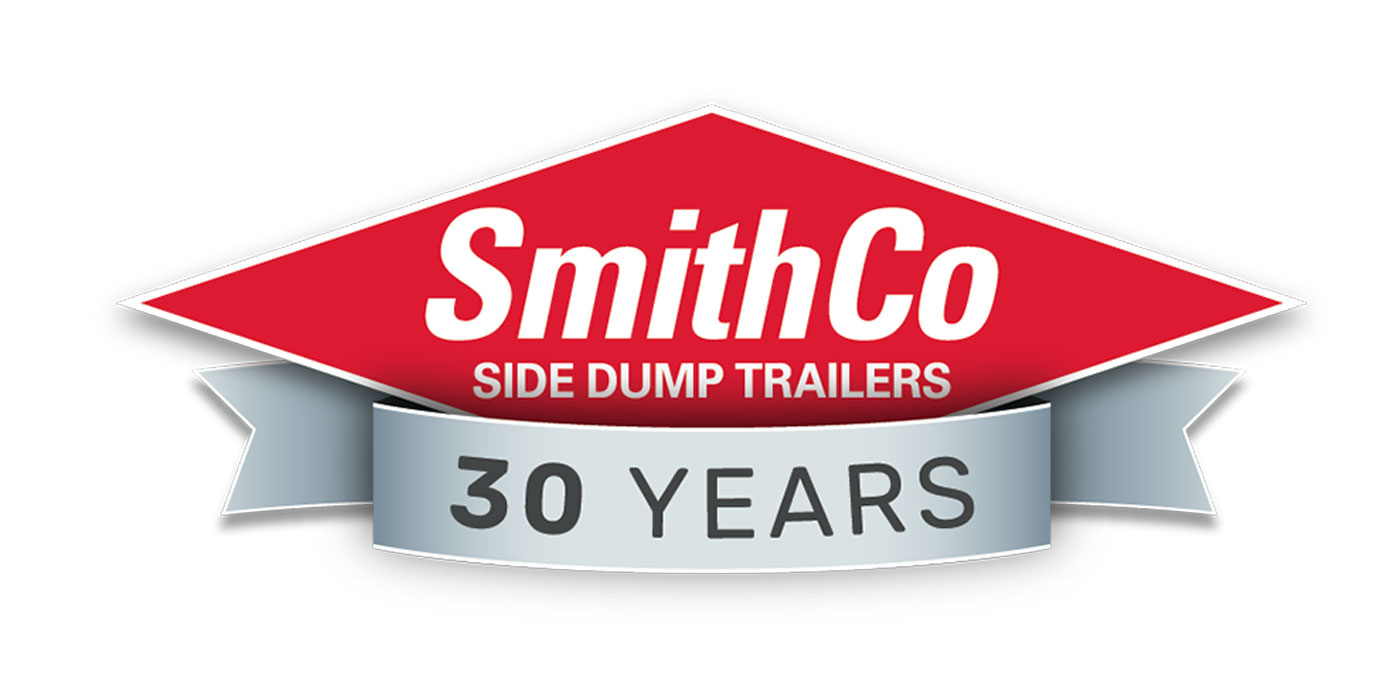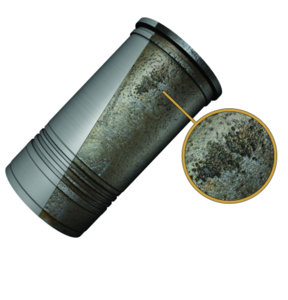 When it comes to a fleet’s extended life coolant concerns, look no further than the three C’s: Capabilities; Compatibility; and Contamination. The biggest concern for the fleets running organic acid coolants (OAT) and nitrited organic acid technology (NOAT) extended life coolant [ELC] is knowing which fluid should be in their system. Extended life coolants are designed to last for at least 300,000 miles without any chemical supplementation, provided they are not diluted with additional water/conventional coolants beyond the manufacturer recommendation. Each fleet vehicle is filled at the manufacturing facility with a predetermined coolant technology. It is then a matter of following the recommendations of that OEM/engine manufacturer coolant maintenance with the correct OAT or NOAT technology.
When it comes to a fleet’s extended life coolant concerns, look no further than the three C’s: Capabilities; Compatibility; and Contamination. The biggest concern for the fleets running organic acid coolants (OAT) and nitrited organic acid technology (NOAT) extended life coolant [ELC] is knowing which fluid should be in their system. Extended life coolants are designed to last for at least 300,000 miles without any chemical supplementation, provided they are not diluted with additional water/conventional coolants beyond the manufacturer recommendation. Each fleet vehicle is filled at the manufacturing facility with a predetermined coolant technology. It is then a matter of following the recommendations of that OEM/engine manufacturer coolant maintenance with the correct OAT or NOAT technology.
If only it were that simple. Colin Dilley, Ph.D., vice president of technology for Prestone Products Corp., explains: “Part of the problem with following these recommendations/ procedures is knowing which coolants in the market is OAT or NOAT. It is often not clear by looking at a fluid color or reading the label. It is important that the fleet purchase their coolants from manufacturers that clearly and accurately label their products appropriately.”
It gets even more complicated if fleets have more than one type of fluid. Confusion sets in and you end up answering the question, “What coolant goes in what truck?” The simple solution to that question, if you don’t know what type of coolant you run, is to ask. There are resources available that can help fleet managers with questions: OEMs; engine manufacturers; coolant manufacturers; testing labs, industry organizations such as ATA, TMC, NARSA, SAE, etc.
One important note is to not rely solely on the coolant color to indicate the type of chemistry (IAT, HOAT, OAT, NOAT) used in the coolant. Although TMC has established recommended colors for varying types of coolants in RP-351, not all manufacturers follow the color guidelines, according to Dilley.
Contamination
When coolant turns brown, it’s a tell tale sign of contamination. But where did it come from? The biggest causes of contamination are typically due to top-off/make-up with foreign coolants on the road and/or repair or maintenance work on the engine or cooling system resulting in contamination.
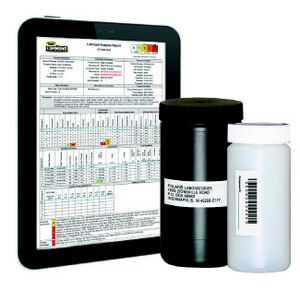 “The best way to combat contamination is to provide education and training to drivers and technicians on the importance of using the correct coolant and to avoid mixing different types of coolants,” said Fred Alverson, principal engineer, coolants, Shell Global Solutions. “Surge tank labels are also essential to identify the correct and recommended coolant for use in the vehicle.”
“The best way to combat contamination is to provide education and training to drivers and technicians on the importance of using the correct coolant and to avoid mixing different types of coolants,” said Fred Alverson, principal engineer, coolants, Shell Global Solutions. “Surge tank labels are also essential to identify the correct and recommended coolant for use in the vehicle.”
It’s important to keep an eye on what coolant is being added to your trucks. Hybrid organic acid technology (HOAT) is not compatible with OAT or NOAT coolants. Also, if a system was running a NOAT and someone added OAT, the nitrite level would be diluted and possibly compromise cavitation protection, explained Mike Tourville, marketing director for Evans Cooling. To combat confusion, make sure that your coolants are properly marked and clearly labeled. Also be sure your techs are thoroughly trained in the proper coolant procedures. While you might not have control over what gets added to the truck when it’s out on the road, these steps will help you mitigate your coolant contamination risk.
That said, Sean Wheatley, senior brand manager for Peak Commercial & Industrial, said that despite the desire of fleet maintenance technicians to test for the presence of nitrite, there are absolutely no concerns at all with using an OAT-nitrite free coolant as a top off with any cooling system.
“This is because the nitrite free coolants listed above incorporate corrosion inhibitor technologies that protect the cooling systems of heavy-duty cooling systems without the need to add and replenish nitrite,” he said.
When in doubt, test
If you want to find out what type of coolant is in a truck and can’t track down the answer, there are various services in which you can provide a sample of your coolant for analysis to determine the type of chemistry that is being used. In some instances, your coolant provider may be able to help you out and provide that analysis for free. Knowing your coolant is paramount in setting up a maintenance testing schedule to ensure your coolant is performing as engineered.
“A simple maintenance program should be in place by any sized fleet. Perform cooling system checks every 90 to 120 days. While it’s best to follow your manufacturer’s testing recommendations, the typical aspects you test for are color, clarity, freeze point and odor,” Peak Commercial & Industrial’s Wheatley said. “The color should be as close to your top off color as possible. Brown typically indicates a mix of coolants or corrosion such as iron oxidation (rust). Also, all coolants should be clear of debris.”
Shell’s Alverson recommended the following best practices for coolant testing in the field involve the following three tests:
1) Conduct a visual inspection: The coolant should be bright and clear, free of dirt, debris, rust and other contaminants and representative of the color of the coolant recommended for the vehicle. If the coolant appearance, clarity or color is unsatisfactory, check for possible contamination with other coolants, fuel, oil, combustion leaks, etc.
2) Test the freeze point using a refractometer: A 50/50 mixture of ethylene glycol-based antifreeze concentrate and water providing a freeze protection of -34-degrees F is recommended for most parts of the U.S., although 60/40 mixtures are sometimes used in colder regions. It is suggested that the freeze point be maintained between -24-degrees F and -49-degrees F (45-55%) for most U.S. regions regardless of coolant type and at no times should the freeze point be higher than -20-degrees F or lower than -60-degrees F. A refractometer is the most accurate and recommended method to determine the freeze protection.
3) Check the corrosion inhibitor level: ELC coolant corrosion inhibitor levels are generally maintained by ensuring the proper freeze protection and protecting against contamination with other coolants. Therefore, if the coolant appearance and freeze point are satisfactory, it is usually not necessary to test ELC coolants for corrosion inhibitor level.
Many of today’s coolants have test strips designed for the blend of ELC being used. Always check with the coolant manufacturer for details on test strips, Wheatley reminded.

